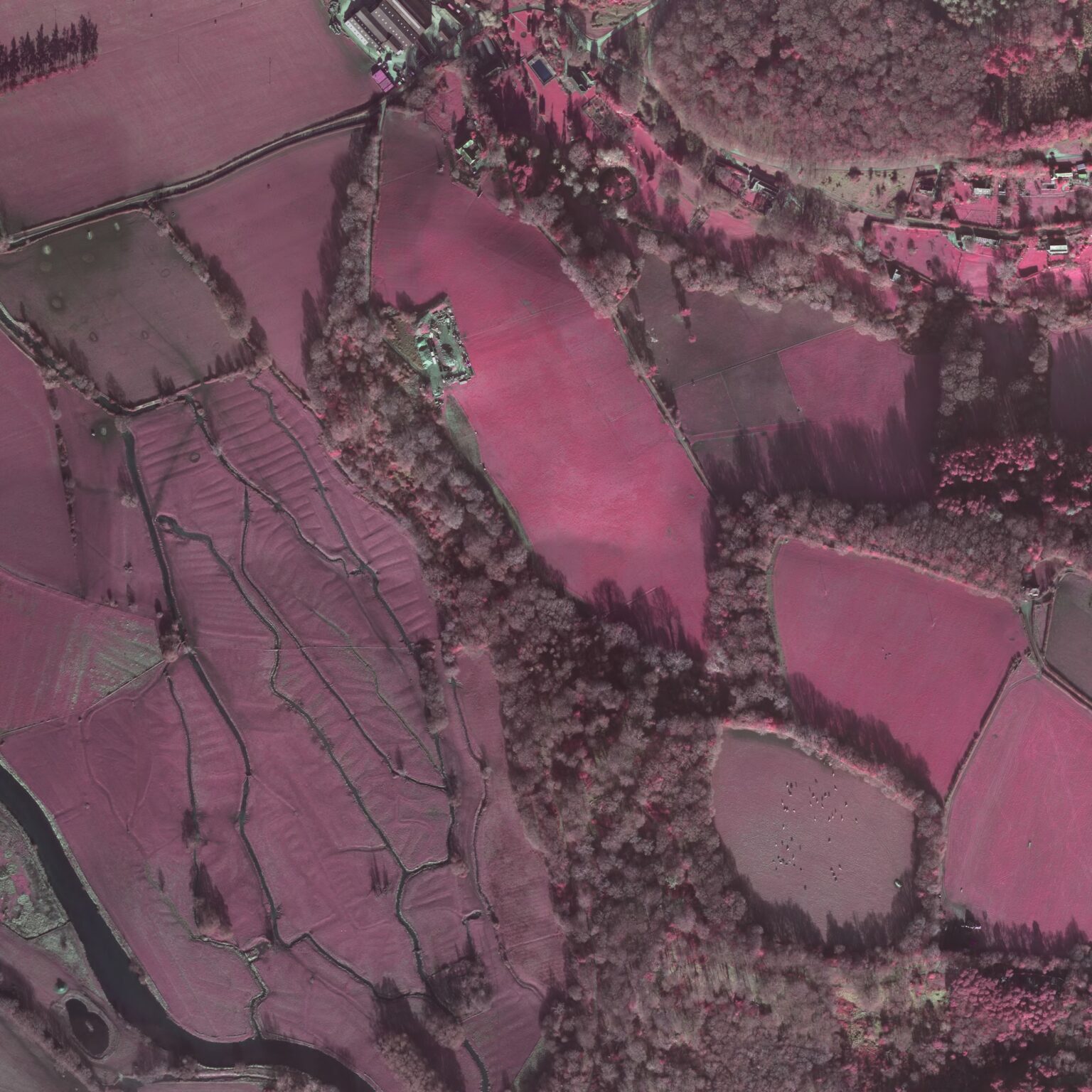Terminology used
Different users and different countries have their own way to refer to geophysical data, data acquisition and the archaeological context in which they are collected. This Guide attempts to use a consistent terminology which is based on the authors’ experience of working with colleagues and other professions. Where different terms are commonly used, these will be mentioned and only one term will be used in this document. Sometimes, we may even omit specific reference to ‘archaeological’ geophysics, since this is the overall context in which this text is written. While the term ‘archiving’ is often used in a generic way meaning either the data or the location of their storage, we refer to the Archive as the collection of computer files that are to be preserved by an Archiving Body of some description, including in-house data storage. The task of ‘archiving’ consists of creating the Archive, depositing it at an Archiving Body and for that one to do with it what their stated purpose is (i.e. keep it statically or make it available, see The archive and the archiving body). Of course in this Guide the Archive is always meant to be an archive of archaeological geophysics data; not of pot sherds or slag in boxes.



